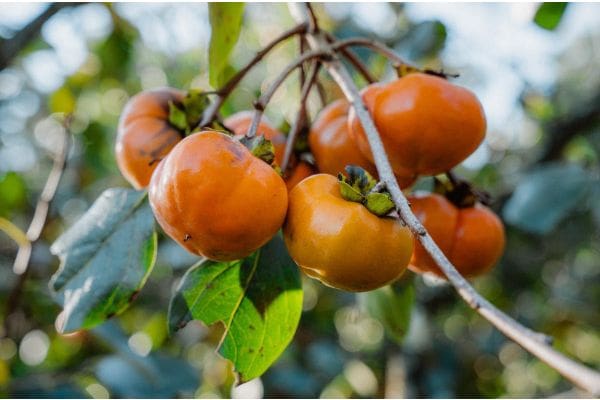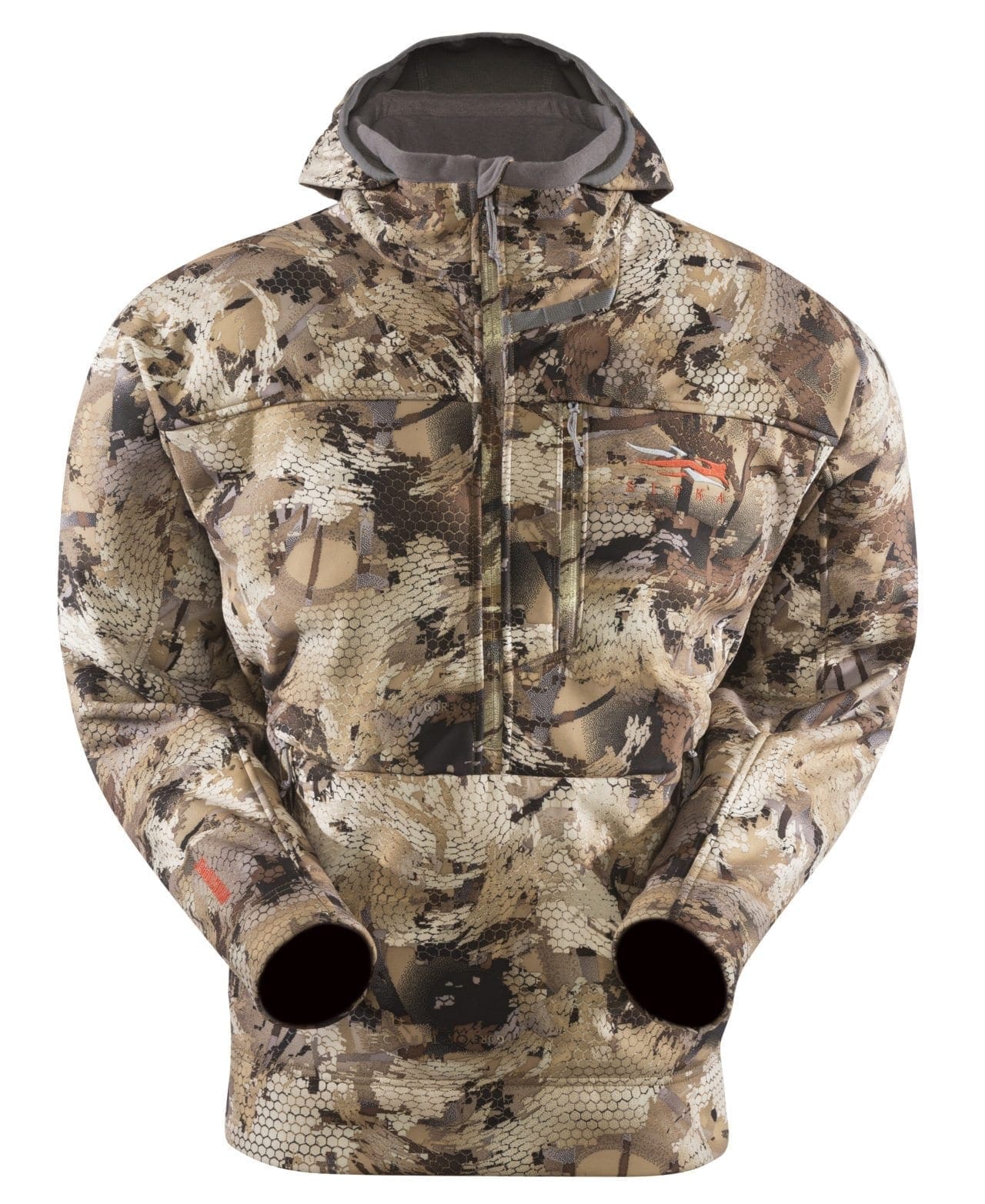Chestnut Hill Outdoors Soft Mast Overview

The key components of wildlife habitat are food, cover and water. Planting soft mast trees and shrubs from Chestnut Hill Outdoors offers a great way to improve the quantity and quality of the first two and in so doing, attract and hold more and healthier wildlife on the land.
By planting soft mast producers, a landowner can widen the window of time when their land provides for the creatures that live upon it, filling gaps in the nutritional calendar not covered adequately by hard mast or food plots. Furthermore, several soft mast species offer important cover so wildlife won’t have to travel far for safety between feedings.
Mulberries and Plums
These two varieties start off the mast calendar in late spring and early summer, a period of rapid growth for both plants and wildlife. Black, white and native red varieties of Everbearing Mulberry (Morus rubra) and Black Mulberry (Morus nigra) from Chestnut Hill Outdoors are the very first soft mast shrubs to bear fruit in the spring. They begin to bear fruit as early as April and May in the deep south and early June farther north. This is a critical time; it’s when growing fawns are putting added nutritional stress on their mothers, antler growth rates in bucks are skyrocketing and young game birds are foraging voraciously. Barely have the berries been gleaned when American (Prunus americana) and Chickasaw plums (Prunus angustifolia) start dropping ripe fruit in June and July. In addition to abundant fruit, these species also grow into brushy thickets that provide nesting, brooding, bedding and security cover.
Brambles and Grapes
Chestnut Hill Outdoors has several varieties of blackberries, raspberries, blueberries and grapes to help bridge the next nutritional gap. Mid to late summer is an often unrecognized period of nutritional stress as herbaceous vegetation matures, goes to seed, and dies or becomes dormant. Meanwhile, nutritional needs increase exponentially for young wildlife nearing maturity and the adults that support them. And like mulberries and plums, these species also provide dense cover. They also make a good transition zone between fields or food plots and mature timber.
Large Fruits
Fall is the time to fatten up for winter and that process becomes faster and easier and can begin sooner with late summer and early fall mast species like persimmons, pears and apples. They help nourish and sustain more wildlife until crucial hard mast species like chestnuts and acorns drop. Even within this group, there are differences. As their name implies, early-drop Deer Candy persimmons bear fruit from late August through October. Then late-drop Deer Magnet persimmons follow up through October and November. American Persimmon seedlings offer a native option with natural immunity to disease and insects and adaptability to many climates and a wide variety of conditions, from wet or sandy soils to lowlands or uplands.
Chestnut Hill Outdoors also has a range of pears that span the seasons from early to late. Flordahome Pears provide fruit as early as July and August in southern Plant Hardiness Zones (8-10), while the Pineapple Pear reaches peak production in August and September in Zones 5 – 9. Then the Spalding and Kieffer Pears take over from September through October in similar zones. There are several other varieties that may be more suitable to your particular soil, moisture and climate conditions as well.
Finally, Chestnut Hill Outdoors has a variety of apples, each differing in chilling requirement – the degree of winter temperatures necessary to induce the tree to break dormancy and begin flowering and bearing. Landowners can also take advantage of some varieties like Pink Lady and Winesap for their personal consumption. You can also choose from several native varieties of crabapples that require virtually no care or maintenance, have high survival rates and begin bearing fruit in a relatively short time, often 3-5 years depending on variety. They also hold their fruit over a longer period, so deer and other wildlife keep coming back to feed throughout the fall, from September through December.
Chestnut Hill is the best place for you to purchase your food plot and deer attractant plants because they offer a large selection, their plants are specifically bred to attract deer, and they offer customers different sized plants at different levels of growth.
For more information, please visit
WWW.CHESTNUTHILLOUTDOORS.COM

